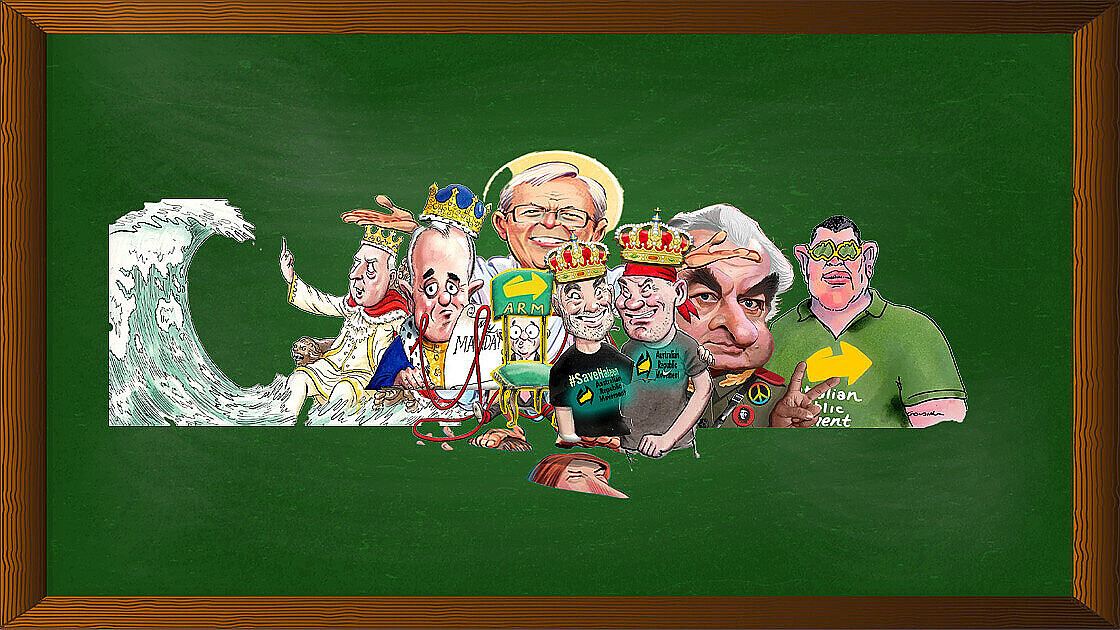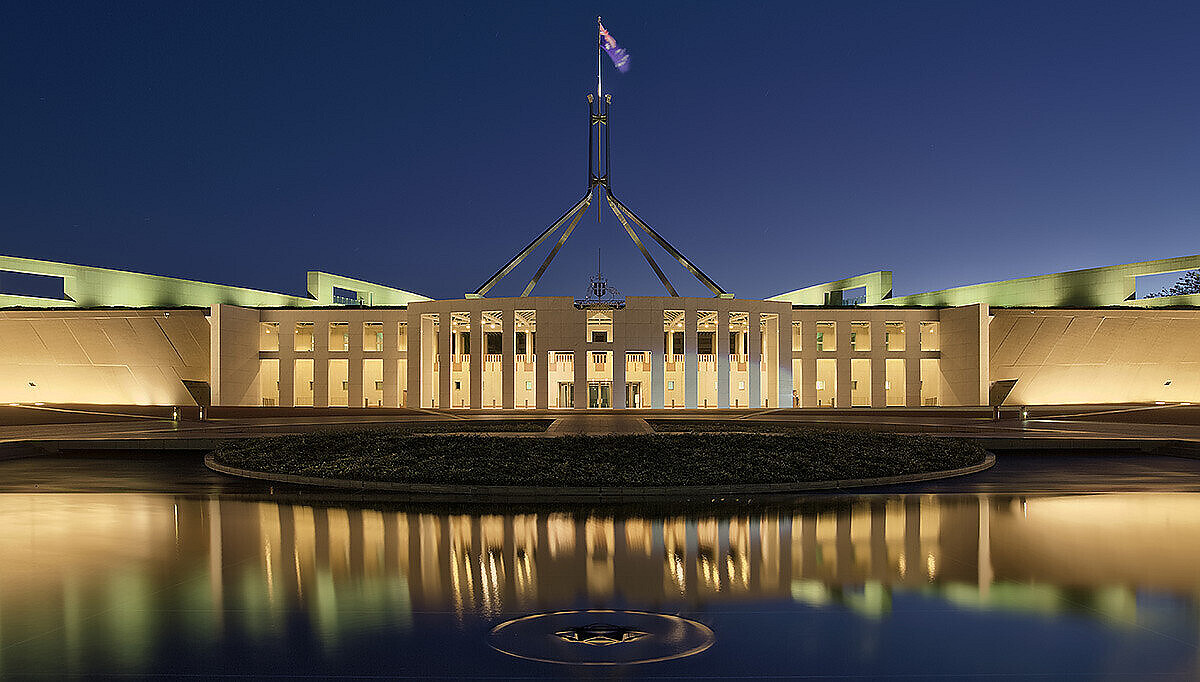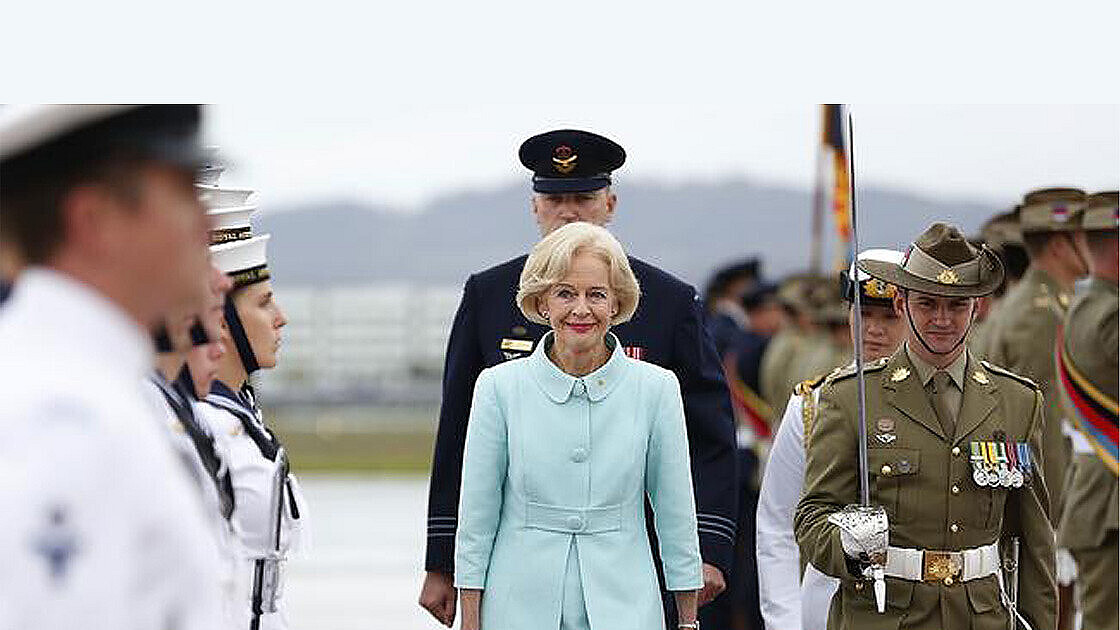Republicanism Since The Referendum
The Republican movement said that whatever the result in 1999, it would close down. However, it has mounted the present and fourth major campaign for an Australian republic.
The movement’s theme today could well be “We demand a republic…but we haven’t the foggiest idea what sort of republic we want…”
Within the current Republican movement, there are really two movements. One favours a republic in which the federal politicians choose the president. How the governors are to be chosen will be either left to the federal politicians or the state politicians.
The other movement wants to have regular elections to elect the president, vice presidents, governors, lieutenant governors and administrators. The significant differences now from the earlier movement, which led to the “Yes” case in 1999, are first, the movement is unwilling or unable to specify the model or any details of the change it wants. Secondly, the movement is calling for the holding of a plebiscite or plebiscite.
But even on this, the Republican movement is irreconcilably divided, with one faction wanting only one general plebiscite while the other faction wanting a second plebiscite to choose a preferred model. Those who want to have a general election for the president want a second plebiscite. Conservative Republicans want the politicians to choose the president and only want one plebiscite. They fear the people might vote for an election.
This fourth movement to remove the Crown relies on the same argument used up to 1999 about the Head of State.
But unlike the last attempt, the Republicans are now unable, or more likely, unwilling to specify what sort of republic they propose. The state of the movement has been described by Lenore Taylor in The Queen’s Birthday issue of The Australian Financial Review, 9-10 June 2007, as “on life support” and by Republican David Marr in the Sydney Morning Herald of 21-22 January 2006 as near comatose (“A whiff of snags and a republic“) The movement no longer enjoys the dynamic leadership and generous funding which Malcolm Turnbull once provided.
….the taxpayer must pay…
A distinct feature of the Republican movements both of the 1990s and today is that the taxpayer is expected to pay not only for change but to work out what the change should be.
Since 1993, there have been six major exercises funded by the taxpayer to work out and achieve the ultimate aim of the republican movement – to remove the Australian Crown from our constitutional system and thus replace our crowned republic with a politicians’ republic.
Millions and millions of dollars have been spent on this endeavour rather than, say, schools, universities, hospitals, pensions, defence and water.
ARM’s THIRD MODEL
The Australian Republic Movement’s latest republican model, released on 13 January 2022, is the third in as many decades.
It is even more confusing and contradictory than the others. This includes the one defeated nationally, in every state and 72 per cent of electorates, by a campaign run on the smell of an oily rag against most politicians, the media and the vast wealth of the ARM.
Former Labor powerbroker Graham Richardson has said that if the republic is not dead, it is comatose. For the sake of the nation, will no one put it out of its misery?
The Australian Republic Movement’s latest republican model, the third in as many decades, is even more confusing and contradictory than the others. This includes the one defeated nationally, in every state and 72 per cent of electorates, by a campaign run on the smell of an oily rag against most politicians, the media and the vast wealth of the ARM.
The ARM offers only one reason for removing the one part of our constitutional system that works and works well and is economical. This is the untruth that only under a politicians’ republic can we have an Australian as head of state.
As long ago as 1907, a unanimous High Court of Founders declared the governor-general is the “constitutional head of state”.
Reflecting a 1926 Imperial Conference decision, whenever officially overseas, every government, Coalition or Labor holds out to the world that the governor-general is head of state.
Just as a camel is supposedly a horse designed by committee, so this quintessential politicians’ republic is, frankly, unworkable.
While stripping the head of state of the crucial Westminster roles of constitutional guardian and of providing leadership beyond politics, it taints any president with preference deals, slick campaigning and a massive mandate for the winner. The election itself would be more appropriate to a guided democracy where the same cabal of powerbrokers that have captured our two-party system will determine the 11 candidates, with the smaller states, more often than not, subsequently outvoted.
In addition, the complications and confusion about dual citizenship are inexplicably added to the process. Woe betide any candidate of foreign, even New Zealand, parentage.
And if that is not enough, the ARM has given effect to its lately acquired obsession of revenging the lawful dismissal of Gough Whitlam and Jack Lang. The governor-general’s crucial role of ensuring supply before an election is granted, the last required of the Turnbull government by Sir Peter Cosgrove, is out the window.
To top that off, the model elevates the prime minister from being no more than first among equals to being something no Westminster PM should ever be: the constitutionally endowed head of government. This reverses the overwhelming decision at the 1891 Constitutional Convention against empowering an individual as an American-style executive. Nor is it explained how this can be resolved with the existing – to be unamended – provision that the executive power of the commonwealth, vested in the Crown, remains exercisable by the head of state.
To persuade conservative Republicans to support an elected presidency, the draft purports to move real power even more to the politicians but takes away the present sanction for misbehaviour.
This is that the incumbent holds office at the pleasure of the Queen of Australia.
It is inevitable the elected president will, at some stage, be unable to resist playing the politician.
The only sanction is for both houses to resolve to remove him on the grounds of undefined “proved misbehaviour or incapacity”.
The High Court will obviously require there be a fair and, therefore, long process, but if the Senate agrees with the president, which is more than likely, a president playing politics will be unstoppable.
We can then say farewell to a stable government.
Then there’s the provision that, in certain circumstances, the “senior governor” is to take over. Having to change their constitutions, too, some states might opt to elect a US-style executive governor. So we could wake up one morning with a Daniel Andrews acting as president.
There is little interest in the nation in changing our crowned republic into a costly politicians’ republic. The fact is that when Australians say no in a federal referendum, they mean no – even when asked five times.
Polling indicates a constantly declining interest in a republic.
Last Australia Day, Ipsos found only 34 per cent think Australia should become a republic. But when shown a model – any model – a significant proportion invariably revert to our crowned republic.
There’s a time bomb there for the ARM. Of those aged 18-26, only 26 per cent think Australia should become a republic. If you can’t persuade the young on such an issue, you might as well give up.
Former Labor powerbroker Graham Richardson has said that if the republic is not dead, it is comatose. For the sake of the nation, will no one put it out of its misery?
The third in as many decades is even more confusing and contradictory than the others. This includes the one defeated nationally, in every state and 72 per cent of electorates, by a campaign run on the smell of an oily rag against most politicians, the media and the vast wealth of the ARM.
The ARM offers only one reason for removing the one part of our constitutional system that works and works well and is economical. This is the untruth that only under a politicians’ republic can we have an Australian as head of state.
As long ago as 1907, a unanimous High Court of Founders declared the governor-general is the “constitutional head of state”.
And reflecting a 1926 Imperial Conference decision, whenever officially overseas, every government, Coalition or Labor holds out to the world that the governor-general is head of state.
Just as a camel is supposedly a horse designed by committee, so this quintessential politicians’ republic is, frankly, unworkable.
While stripping the head of state of the crucial Westminster roles of constitutional guardian and of providing leadership beyond politics, it taints any president with preference deals, slick campaigning and a massive mandate for the winner. The election itself would be more appropriate to a guided democracy where the same cabal of powerbrokers that have captured our two-party system will determine the 11 candidates, with the smaller states, more often than not, subsequently outvoted.
In addition, the complications and confusion about dual citizenship are inexplicably added to the process. Woe betide any candidate of foreign, even New Zealand, parentage.
And if that is not enough, the ARM has given effect to its lately acquired obsession of revenging the lawful dismissal of Gough Whitlam and Jack Lang. The governor-general’s crucial role of ensuring supply before an election is granted, the last required of the Turnbull government by Sir Peter Cosgrove, is out the window.
To top that off, the model elevates the prime minister from being no more than first among equals to being something no Westminster PM should ever be, the constitutionally endowed head of government. This reverses the overwhelming decision at the 1891 Constitutional Convention against empowering an individual as an American-style executive. Nor is it explained how this can be resolved with the existing – to be unamended – provision that the executive power of the commonwealth, vested in the Crown, remains exercisable by the head of state.
To persuade conservative Republicans to support an elected presidency, the draft purports to move real power even more to the politicians but takes away the present sanction for misbehaviour.
This is that the incumbent holds office at the pleasure of the Queen of Australia.
It is inevitable the elected president will, at some stage, be unable to resist playing the politician.
The only sanction is for both houses to resolve to remove him on the ground of undefined “proved misbehaviour or incapacity”.
The High Court will obviously require there be a fair and, therefore, long process, but if the Senate agrees with the president, which is more than likely, a president playing politics will be unstoppable.
We can then say farewell to a stable government.
Then there’s the provision that, in certain circumstances, the “senior governor” is to take over. Having to change their constitutions, too, some states might opt to elect a US-style executive governor. So we could wake up one morning with a Daniel Andrews acting as president.
There is little interest in the nation in changing our crowned republic into a costly politicians’ republic. The fact is that when Australians say no in a federal referendum, they mean no – even when asked five times.
Polling indicates a constantly declining interest in a republic.
Last Australia Day, Ipsos found only 34 per cent think Australia should become a republic. But when shown a model – any model – a significant proportion invariably revert to our crowned republic.
There’s a time bomb there for the ARM. Of those aged 18-26, only 26 per cent think Australia should become a republic. If you can’t persuade the young on such an issue, you might as well give up.
Former Labor powerbroker Graham Richardson has said that if the republic is not dead, it is comatose. For the sake of the nation, will no one put it out of its misery?
David Flint The Weekend Australian 15 January 2022




